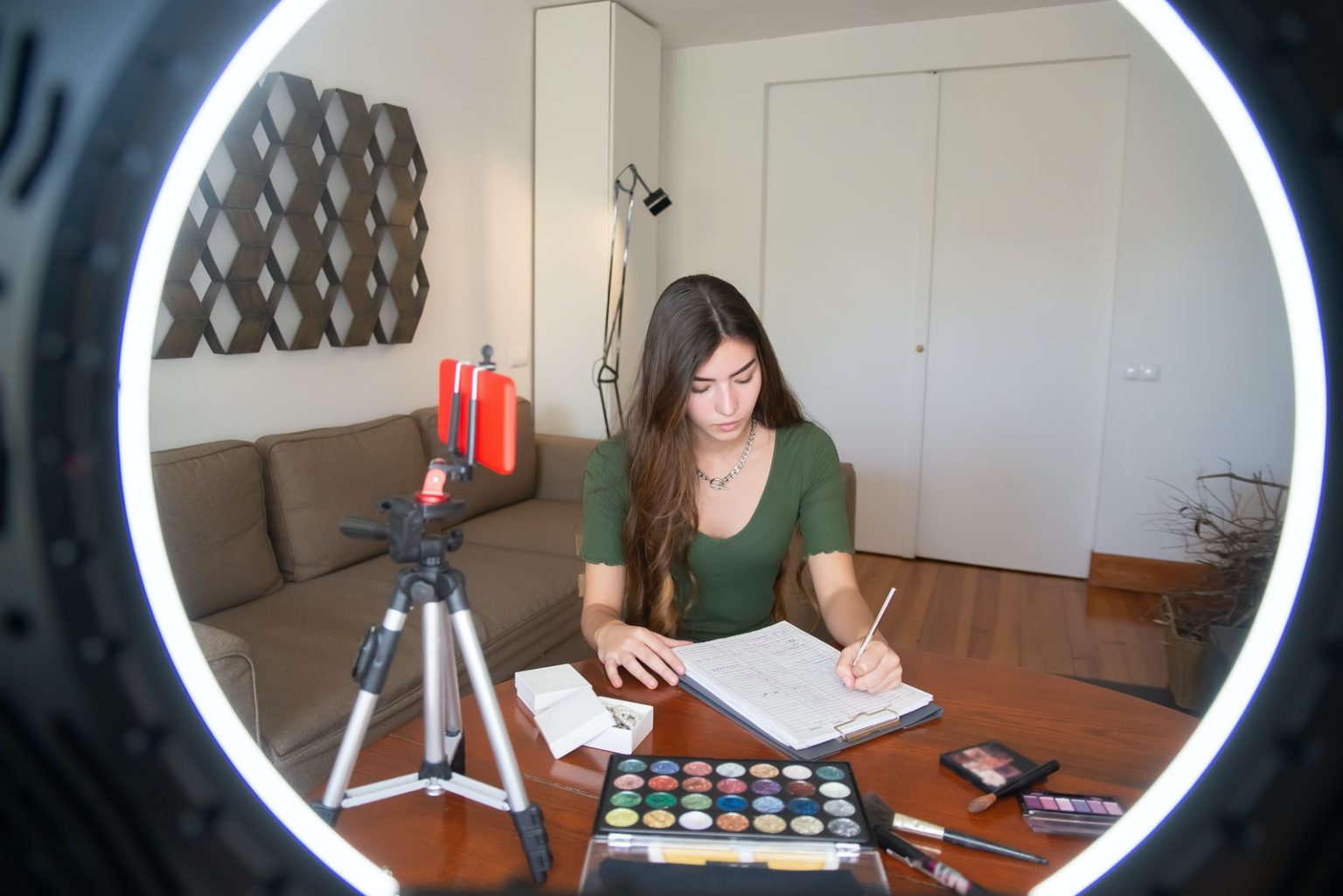Live shopping is the next big trend in e-commerce
As traditional retailers continue to struggle and e-commerce accelerates, live stream shopping will change how we discover and buy products.

As traditional retailers continue to struggle and e-commerce accelerates, live stream shopping will change how we discover and buy products.

Remember window shopping? When you drove to a mall or main street and casually strolled around to see what was displayed?
Now the idea of going into a store to entertain yourself seems old-fashioned. According to IBM, the pandemic has accelerated the move to online shopping by a whopping five years.
But, despite all the doom and gloom predictions for brick-and-mortar retailers, there are times when it still helps to shop in person. Think of matching your shade of makeup or getting fitted for a bike.
It’s why live shopping is the next big trend among e-commerce brands. It offers a way for direct-to-consumer brands to bridge the gap between online and in-person shopping. In other words, we’re witnessing a whole new interactive way of buying things.
If these companies get it right, they will take away the one clear advantage traditional retailers still have.
Those of us old enough to remember cable TV will also recall the infomercials selling vegetable slicers, Tupperware, and workout equipment.
This in-home shopping experience is most often associated with QVC, a television network that focuses solely on showcasing different products to its viewers. The network was the first to rely heavily on influential hosts and guest celebrities to pitch products.
Modern live shopping is, at its core, QVC with a lick of paint. It offers brands the same ability to demonstrate and sell products to a live audience.
The main difference is that these brands have a variety of channels to choose from and don’t need to rely on a few shopping networks.
Some, like Amazon, are building their own online live shopping experience called Amazon Live.
Owlet is one company that’s seen a lot of success from this new offering. Founder, Kurt Workman, chalks this up to talking about the company’s story and not just its products, which track baby heart rates.
The livestream did so well in sales and views that its products rocketed up Amazon’s search engine ranking.
Most brands aren’t building out an online shopping platform. They’re turning to social media, hosting events like Walmart’s “shop-alongs” on platforms like TikTok.
The reason that modern live shopping and social media go so well together? Brands can leverage the reach of influencers on these platforms to promote their live broadcasts.
This approach has been successful in China, where many experts agree the future of e-commerce is already playing out.
Influencer Viya Huang best represents this trend. Each night, Viya’s audience places orders worth millions of dollars—typically for cosmetics, appliances, prepared foods, or clothing, but she’s also moved houses and cars.

This combination of live shopping and influencer marketing is in its infancy in the U.S., but it’s shown a lot of promise.
When makeup YouTuber Nikita Dragun hosted a live shopping event on Instagram, shoppers added five thousand items to shopping carts throughout the segment.
If you don’t have the marketing budget of an Amazon or Walmart or major influencers on your payroll, live shopping can seem like a trend to watch from the sidelines.
The good news is that this is not the case. Instagram tapped into the “live market” and expanded its IGTV platform to include shopping at the end of 2020.
You can also combine Facebook Live and Comment Sold. The latter is the approach Girl Tribe Co takes.

This video explains how it works.
Tina Craig from Bag Snob went the Instagram Live Shopping route, sharing details about the launch of a new beauty product and giving her community a direct route to buy it in the process.

The critical thing to note here is that any brand can start its own live shopping channel while taking advantage of Instagram’s ability to list products for immediate purchase. (While anyone can do it, it seems live shopping is a good fit for brands that already have an engaged and loyal online community.)
Instagram Live and Facebook aren’t your only options here. Twitch and YouTube have become popular avenues for live shopping. There are also specific social shopping networks like TalkShopLive that cater to small businesses. In the last year, it’s seen its revenue increase by 800%.
Livestream shopping is a confluence of several current trends and events—the pandemic closing of physical stores, the rise of streaming, interest in real-time interactions with influencers, social media’s ubiquitousness, and the wild growth of e-commerce.
For brands, it’s a way to improve and reshape the user experience and, as a result, get that much closer to consumers’ hearts and wallets.
Drew Wilkinson is the Head of Marketing at SimpleTexting. Drew has more than a decade of experience managing successful integrated marketing programs to build brands, raise awareness, and generate demand.
More Posts from Drew WilkinsonLearn how GlobalRose has increased sales and engaged more customers with SMS over the last three years.
ReadWith automated SMS order updates, you ensure customers are kept in the loop. Here's how to send them.
ReadStart a text marketing campaign or have a 1-on-1 conversation today. It's risk free. Sign up for a free 14-day trial today to see SimpleTexting in action.
No credit card required